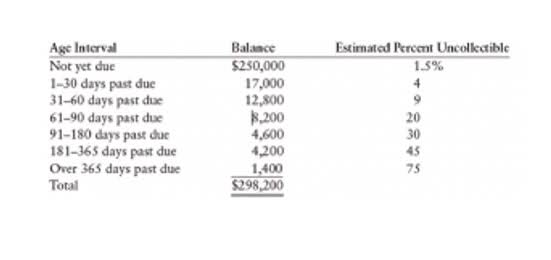
Retained earnings are the portion of a company’s profits that isn’t distributed to shareholders. Retained earnings total equity formula are typically reinvested back into the business, either through the payment of debt, to purchase assets, or to fund daily operations. Shareholders’ equity is, therefore, essentially the net worth of a corporation.

How to Calculate Total Liabilities and Equity?
Privately held companies can then seek investors by selling off shares directly in petty cash private placements. These private equity investors can include institutions like pension funds, university endowments, insurance companies, or accredited individuals. In the stock market, shareholders’ equity (or owners’ equity for privately held companies), represents the difference between a company’s assets and liabilities. If all of the company’s assets were liquidated and used to pay off debts, the shareholder’s equity is the amount that would be left over. In the case of an acquisition, it is the value of company sales minus any liabilities owed by the company that are not transferred with the sale.
- In all of the examples we’ve discussed in this article, the basis of calculating that equity was rooted in this accounting equation.
- As such, it is a common financial metric which is used by most of the analysts to assess the financial health of a company.
- It is the difference between shares offered for subscription and outstanding shares of a company.
- It is equal to the total dollar amount that would be returned to the shareholders if the company were liquidated and all its debts were paid off.
- Treasury stocks are repurchased shares of the company that are held for potential resale to investors.
- All these benefits eventually create a shareholder’s ongoing interest in the company’s equity.
Formula 2:
- This equity is calculated by subtracting any liabilities a business has from its assets, representing all of the money that would be returned to shareholders if the business’s assets were liquidated.
- Privately held companies can then seek investors by selling off shares directly in private placements.
- This equity represents the net value of a company, or the amount of money left over for shareholders if all assets were liquidated and all debts repaid.
- Given the enterprise value, one can work backward to calculate equity value.
There is a clear distinction between the book value of equity recorded on the balance sheet and the market value of equity according to the publicly traded stock market. Another benefit of share buybacks is that such corporate actions can send a positive signal to the market, much like dividends, without the obligation to maintain the repurchases (e.g. a one-time repurchase). Shareholder equity is one of the important numbers embedded in the financial reports of public Bookkeeping for Veterinarians companies that can help investors come to a sound conclusion about the real value of a company. If the company ever had to be liquidated, it’s what the shareholders would get. Let’s assume that Jake owns and runs a computer assembly plant in Hawaii and he wants to know his equity in the business.

Ownership Reflection & Business Valuation
James Woodruff has been a management consultant to more than 1,000 small businesses. As a senior management consultant and owner, he used his technical expertise to conduct an analysis of a company’s operational, financial and business management issues. James has been writing business and finance related topics for National Funding, PocketSense, Bizfluent.com, FastCapital360, Kapitus, Smallbusiness.chron.com and e-commerce websites since 2007. He graduated from Georgia Tech with a Bachelor of Mechanical Engineering and received an MBA from Columbia University. This $50,000 represents your company’s net worth and the portion of the business that truly belongs to you.
- It reflects the net worth of a business and is reported on the balance sheet under the equity section.
- Further, the Shareholder’s purchase of company stock over a period gives them the right to vote in the board of directors elections and yields capital gains for them.
- Property, Plant, and Equipment (also known as PP&E) capture the company’s tangible fixed assets.
- A firm typically can raise capital by issuing debt (in the form of a loan or via bonds) or equity (by selling stock).
Relevance and Uses of Shareholder’s Equity
- Firstly, it serves as a measure of the company’s financial health and stability.
- The accounting equation is based on the premise that the sum of a company’s assets is equal to its total liabilities and shareholders’ equity.
- Our team is ready to learn about your business and guide you to the right solution.
- It is important to carefully consider the dilution effect of equity issuance and strike a balance between raising funds and maintaining control of the company.
- In our modeling exercise, we’ll forecast the shareholders’ equity balance of a hypothetical company for fiscal years 2021 and 2022.
Treasury shares can always be reissued back to stockholders for purchase when companies need to raise more capital. If a company doesn’t wish to hang on to the shares for future financing, it can choose to retire the shares. Retained earnings are a company’s net income from operations and other business activities retained by the company as additional equity capital. They represent returns on total stockholders’ equity reinvested back into the company.